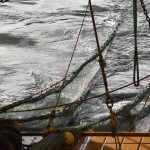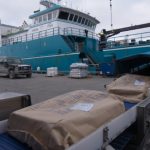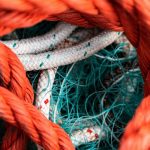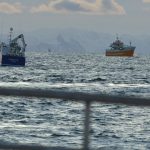David Eggleston, an N.C. State marine sciences professor knows hurricanes can affect a critter that plays a key economic and ecological role in the Pamlico and Albemarle sounds – the blue crab. Hurricanes can either help or hurt the size of blue crab populations, depending on a storm’s strength, Eggleston and his students have discovered.
For the past 10 years, Eggleston’s students have collected daily samples of immature crabs during the peak of the hurricane season in August, September and October. After studying them it was found that these storms causes the dwindling number of mature blue crabs being harvested in North Carolina’s estuaries, particularly in Pamlico Sound.
Eggleston did more research and found that storms can help crabs. He said that thirty-five tropical storms hit, brushed or skirted the state’s coastline while the survey was under way – including Floyd, one of the largest and most destructive storms to travel along the East Coast before it made landfall Sept. 16, 1999, near Cape Fear.
Research results showed that less ess powerful hurricanes help boost the population of mature blue crabs in North Carolina’s estuaries. The storms act like a turbocharger in the crab’s journey to maturity and fertility. In the second half of the 1990s, scientists were paying a lot more attention to blue crabs in the Chesapeake Bay than to their crustacean brethren in Pamlico and Albemarle sounds.
Dan Rittschof, an associate zoology professor and blue crab expert at Duke University, said that Eggleston’s survey results provide an interesting piece in the puzzle, but much remains unclear.








